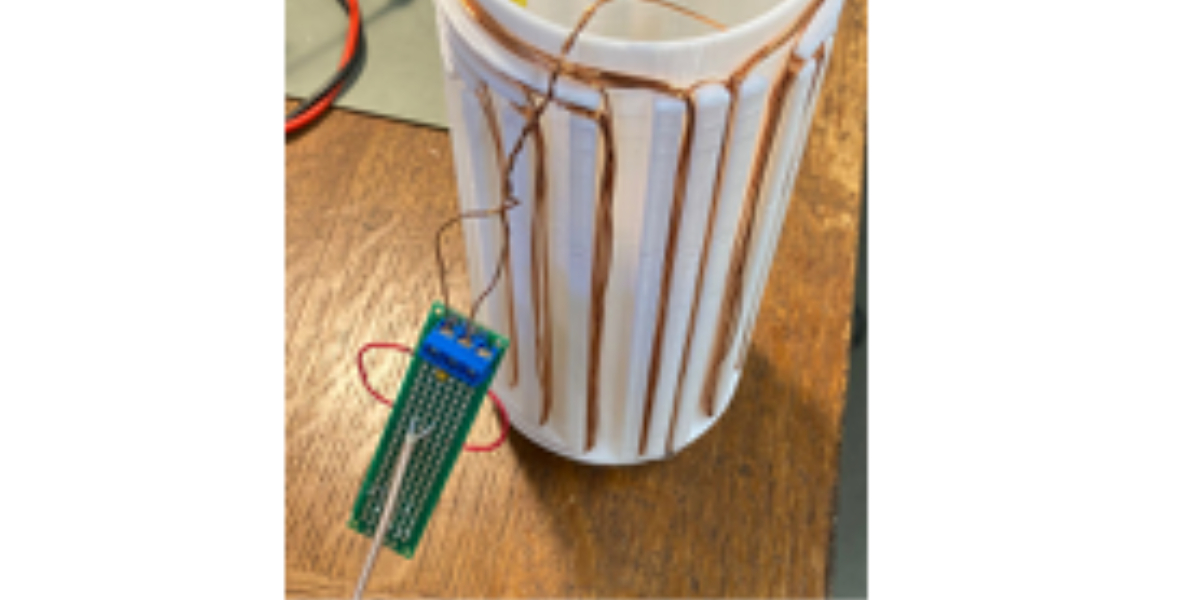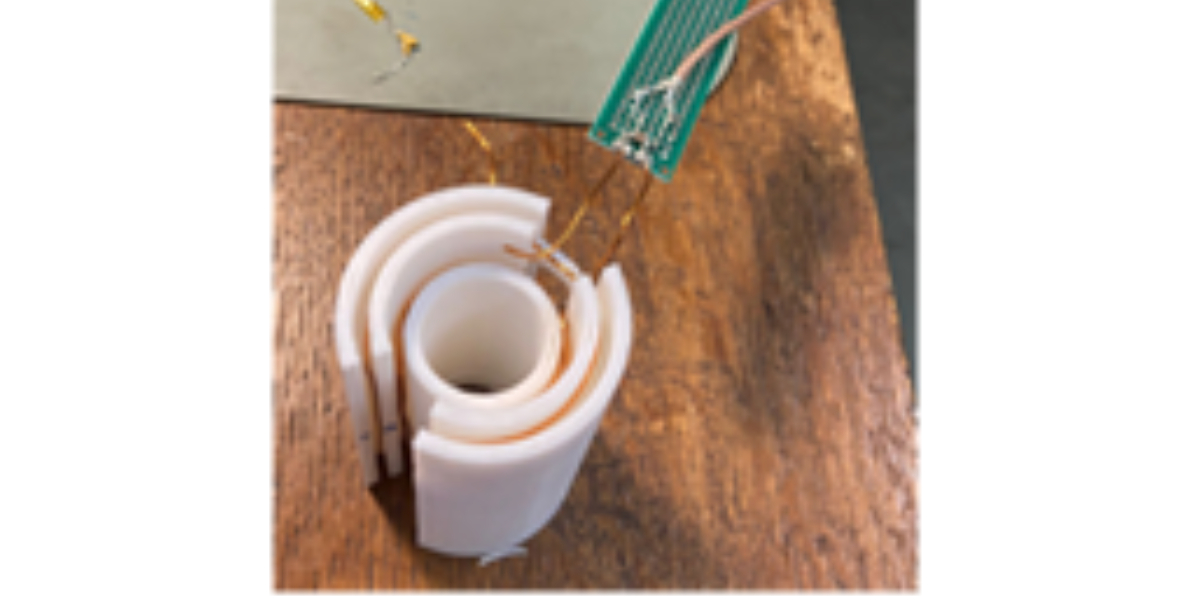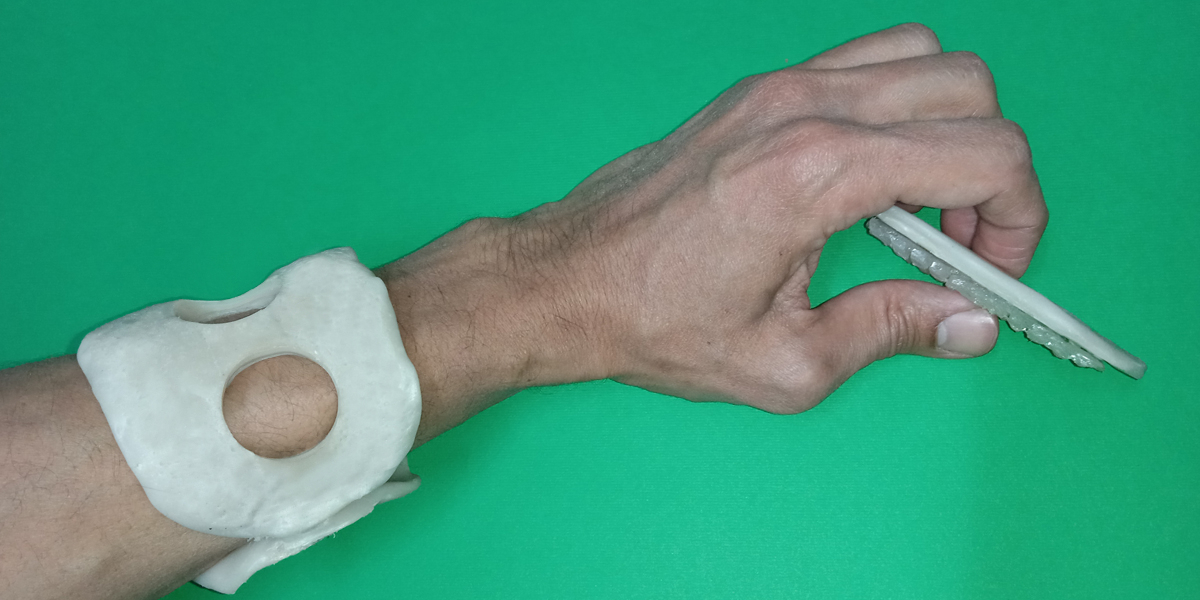AWARD YEAR
2023
CATEGORY
Body
GOALS
Good Health & Well-being, Reduced Inequality
KEYWORDS
MRI, quantum detectors, SNR
COUNTRY
France
DESIGNED BY
Dimitrit Labat & Evan Kervella
WEBSITE
https://www.chipiron.co/
Chipiron
A new MRI machine that makes MRI accessible to all.
How does it work?
MRI is the best medical imaging technique: it produces 3D images with incredible details, thanks to the contrasts putting emphasis on the noteworthy areas to see. Moreover, MRI is non-ionizing, meaning completely harmless, contrary to its alternative. Despite all these amazing qualities, MRI is incredibly scarce. It is by far the less accessible medical imaging technique.
Chipiron develops a new detection system based on quantum detectors called SQUID, cutting-edge low-noise amplification systems, highly engineered magnetic shielding, and new low-field rapid sequences to reach sensitivity thresholds that have never been reached.
This will enable a new paradigm, where magnetic intensity is not the first driver of image quality anymore and where current SNR can be obtained under 10mT.
By doing so, a new generation of MRI devices that are no longer heavy, expensive, or cumbersome will emerge.
Why is it needed?
MRI is one of the biggest medical revolutions – yet 90% of the world’s population has little to no access to it. Current devices are too cumbersome and expensive because they rely on intense magnetic fields.
Chipiron believe the only way to radically improve its accessibility is to go for very-low magnetic fields. But low-cost imaging projects are often crippled by the unviable quality and time of imaging. So far, research has been very promising but not satisfying enough.
By building the world’s first viable ultra-low field MRI with true diagnosis power, our mission is to make MRI as common and simple as blood sampling, allowing prevention and medical imaging availability at scale.
75% of the world’s population can’t have access to a MRI. For the rest of the world, the waiting time to get an exam is extremely long (~34 days on average in OECD), and the use of MRI is restricted to the most urgent cases.
How does it improve life?
The most efficient way to decrease the fatality rate of, for instance, brain-related diseases is a wider adoption of MRI for
systematic exploration. The design is 1/5 cheaper than current prices, it's 10x smaller, light and portable, helium-free, no superconductor magnets and easy to use.






